在互联网上,在与工作相关的互动中,以及在您的业务活动中,都可以找到大量的数据、指标和有用的业务见解。数据量之大令人吃惊,企业正努力寻找方法来获取和使用所有信息。
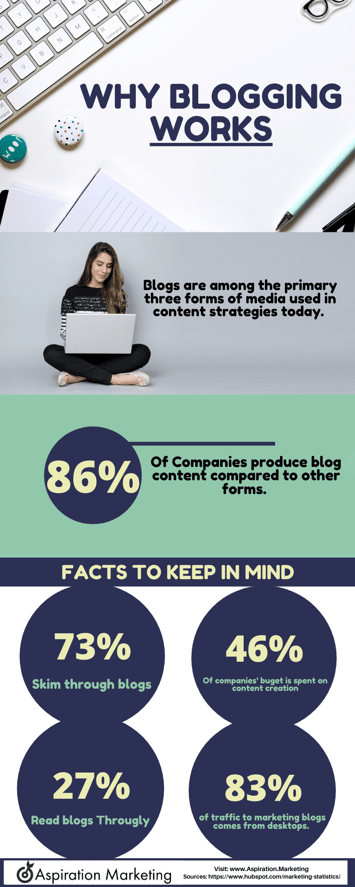
其中一个简单的方法就是使用信息图表。信息图表利用文字和视觉内容创新性地呈现观点,使其易于综合。通过制作吸引眼球的可视化数据,您的内容可以很容易地被消费,并有助于提高知名度,同时改善您的企业与受众的沟通方式。这反过来又会为您的网站带来流量和链接。
信息图表为何重要
在深入探讨如何让信息图表为您服务之前,我们先来看看为什么我们需要信息图表。我们生活在一个技术让我们以指数级速度生成内容的时代。每天产生的内容超过 15 亿条,其中包括 1.4 亿条推文和 200 万个视频。这相当于一个人平均每天阅读 174 份报纸的信息量。所有这一切都会让人感到不知所措,信息量大到无法处理。
因此,infographic(信息图表)是一种更加视觉化的信息传递方式。通过将数据转换成图表、地图或视觉故事,您可以将信息浓缩成易于处理的媒介,这对您的业务和知识库来说是个好兆头。
结果不言自明:
-
2010 年至 2012 年间,信息图表的搜索量增长了 800% 以上。
-
自 1990 年以来,可视化信息的使用增加了 400
-
如今,信息图表的制作每天增加 1%。
-
上传信息图表后,网站流量平均增加 12%。
-
超过 87% 的访问者最终会阅读信息图表上的文字。
-
信息图表通过创建品牌知名度,可将您的业务提升 82%。
这让你不禁要问,为什么大家不全天候使用这种形式呢?这是有原因的。

信息图表的兴衰
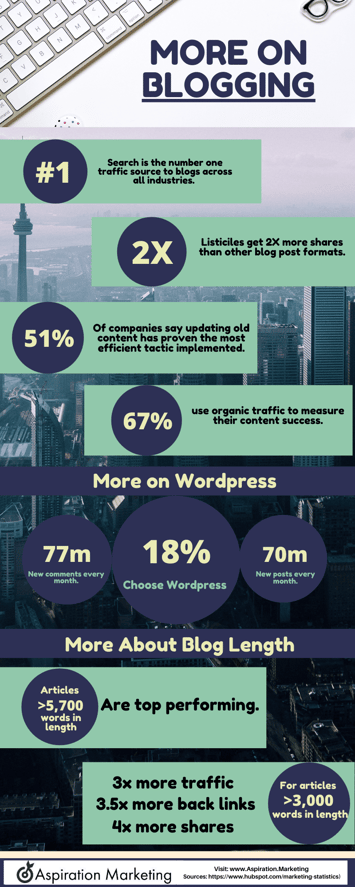 在营销和商业领域有一种误解,认为信息图表是不同时代的产物。在某种程度上,这可能是对的。从 2012 年开始,信息图表开始兴起,每个人都在使用它们。那是一个可视化的时代,你可以很容易地找到一个精美的信息图表,嵌入到你的网站或博客中,几乎涉及所有主题。
在营销和商业领域有一种误解,认为信息图表是不同时代的产物。在某种程度上,这可能是对的。从 2012 年开始,信息图表开始兴起,每个人都在使用它们。那是一个可视化的时代,你可以很容易地找到一个精美的信息图表,嵌入到你的网站或博客中,几乎涉及所有主题。
但到了 2016 年,信息图表的世界开始饱和。每个人都用得太多了,而且质量很差。它们不再传递有用的信息,而是公然生成链接。其他问题还包括信息来源和媒体机构使用和重复使用相同的格式、相同的色调和图形,将它们变成了视觉噪音。
问题在于,在信息图表的鼎盛时期,它们采用的是一种格式优先的方法。我们关注的是它们的外观,而不是它们所表达的内容。值得庆幸的是,我们今天比以前更聪明了,我们知道利用数据和视觉效果来构建一个引人入胜的故事意味着信息图表可以成为内容营销战略的重要支柱。
在内容策略中使用信息图表的好处
1.人脑对视觉的处理能力优于文字
人脑的设计旨在寻找和处理视觉内容。事实上,传输到我们大脑中的信息 90% 以上都是视觉信息,大脑处理视觉信息的速度是文字的60,000 倍。视觉信息更容易被接受;近 40% 的人发现,他们对视觉信息的理解要好于纯文本。
因此,精心设计的信息图表可以轻松分享所需的信息,提高参与度。
2.信息图表是讲述视觉故事的好方法
在过去,信息图表是用来建立链接和提供零食内容的。现在,它更应该是一种故事先行的方法。这种方法代表了最合适的内容形式,在为读者提供信息的同时,还能共同讲述一个连贯的故事,从而成为一种强大的内容营销工具。
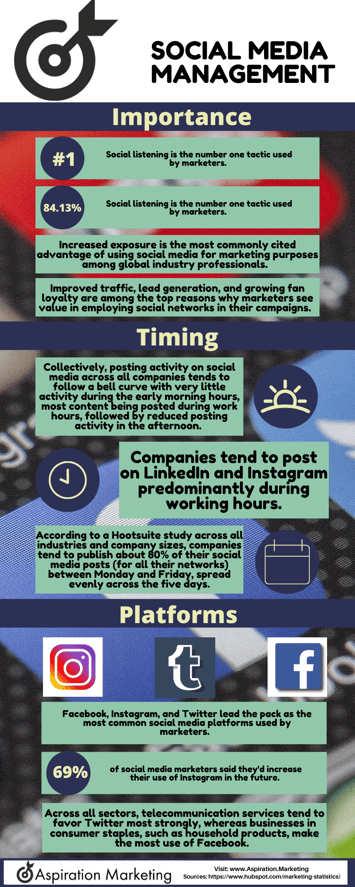
3.信息图表易于消化
不是每个人都有时间阅读长篇(甚至短篇)博客。有些人甚至不想读。因此,您没有理由不使用信息图表来补充您的内容。你甚至可以用它们来概括你的内容并赋予其背景。不同形式的内容可以提高参与度,并为目标读者提供消费选择。
4.信息图表是可链接的
信息图表最大的好处之一就是可链接,可以帮助网站获得反向链接。如果有人在阅读信息图表时发现它很有用并想利用其中的信息,他们可以通过两种方式将信息图表归功于您--链接到您的网站或将信息图表本身嵌入到他们的网站或社交渠道中。
无论哪种方式,您都能获得链接。
5.信息图表可以分享
无论是在社交媒体上、团队成员之间,还是在博文和文章中,可视化内容都是与他人分享信息的绝佳方式。一个经过深入研究的事实是,大多数营销人员都在社交媒体上使用视觉资产,有图片的推文比没有图片的推文获得的转发量高出 18%。
因此,请始终确保您的内容可以通过社交按钮进行分享。
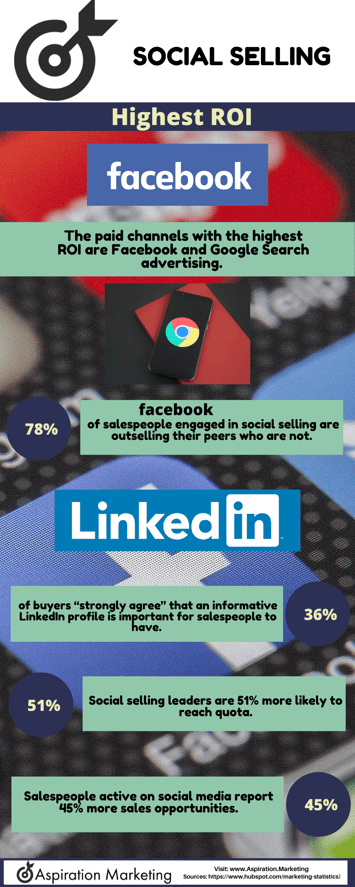 6.信息图表有助于将你打造成专家
6.信息图表有助于将你打造成专家
一些在商业、营销、社交媒体和搜索引擎优化领域最受尊敬的人都是信息图表的忠实拥护者。由于信息图表非常容易分享和获得链接,只要有适当的传播渠道和有用信息的可视化展示,人们就可以轻松地将自己定位为主题专家。
7.信息图表可以帮助您实现销售
信息图表也可以作为一种很好的销售工具。除了快速、直观地传达信息外,信息图表还可以展示您的产品功能,让潜在客户了解您的流程、优势和可比性。
信息图表需要重新焕发生机的原因有很多。它们并非过时,而是被误解和滥用。将其应用于适当的目的和适当的受众,它们可以在内容营销活动中为您带来宝贵的收益。






 在营销和商业领域有一种误解,认为信息图表是不同时代的产物。在某种程度上,这可能是对的。
在营销和商业领域有一种误解,认为信息图表是不同时代的产物。在某种程度上,这可能是对的。
 6.信息图表有助于将你打造成专家
6.信息图表有助于将你打造成专家


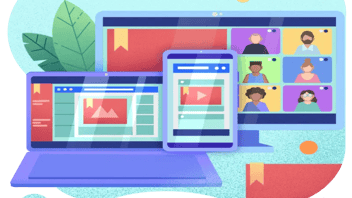

发表评论